 Barry Arnold is one of those guys fascinated by borders: border-crossings in all kinds, border-phenomena, and in particular tripoints. His website (https://barrysborderpoints.com/) lists all his trips to various borders and tripoints.
Barry Arnold is one of those guys fascinated by borders: border-crossings in all kinds, border-phenomena, and in particular tripoints. His website (https://barrysborderpoints.com/) lists all his trips to various borders and tripoints.
In August 2020 he traveled to the French-Spanish border in the eastern Pyrenees and documented thoroughly the ‘borderpoints’ he visited, including the two tripoints of Andorra. See this subpage of his website. Very interesting, very informative, very worth reading.
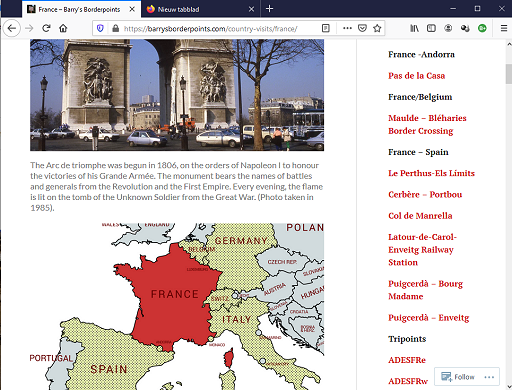
Noteworthy: he did the Llivia-circuit as well, covering all the Llivia-bordermarkers (soon to be added in his enclave-section). He is also one of the few among us who dared to climb the Pic de Medecourbe (western tripoint of Andorra). Also interesting: his account of the pene-enclave Os de Civis, the only Spanish village that can be reached by car only by going through Andorra (link). He might consider – with his stamina – to do the Andorra-circuit.
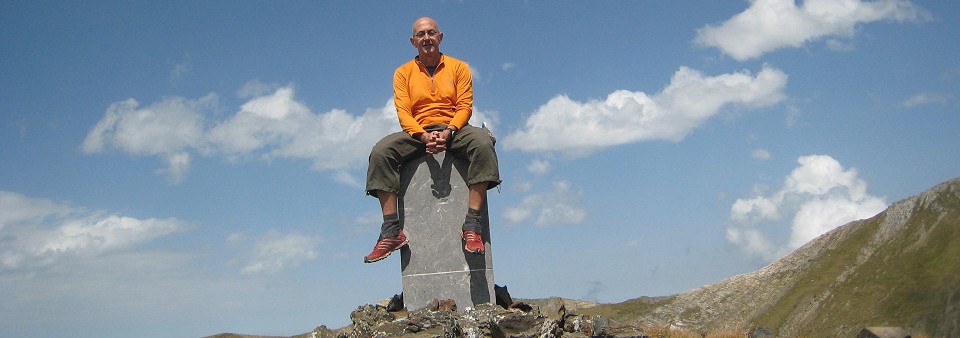

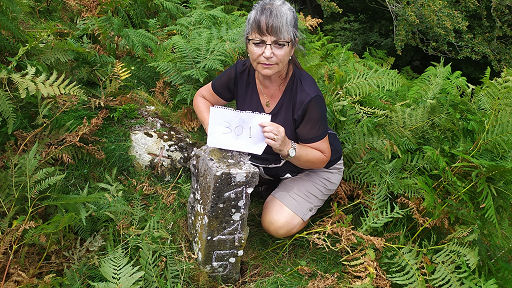
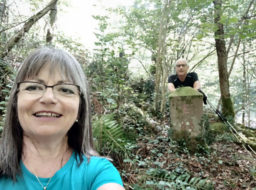 This cheerful couple from Barcelona started in 2016 with searching and photographing esfr-bordermarkers. This is their
This cheerful couple from Barcelona started in 2016 with searching and photographing esfr-bordermarkers. This is their 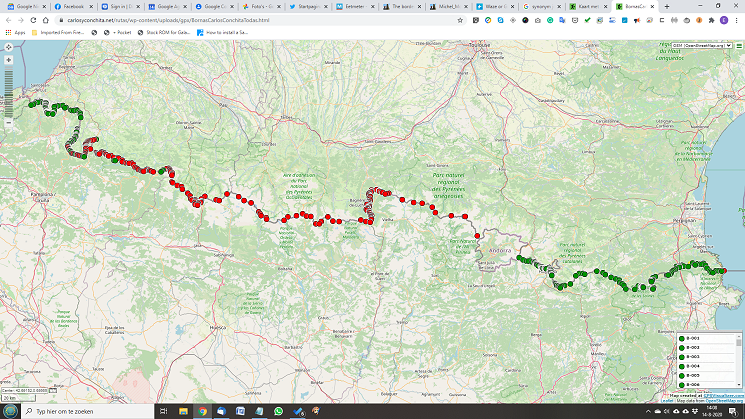

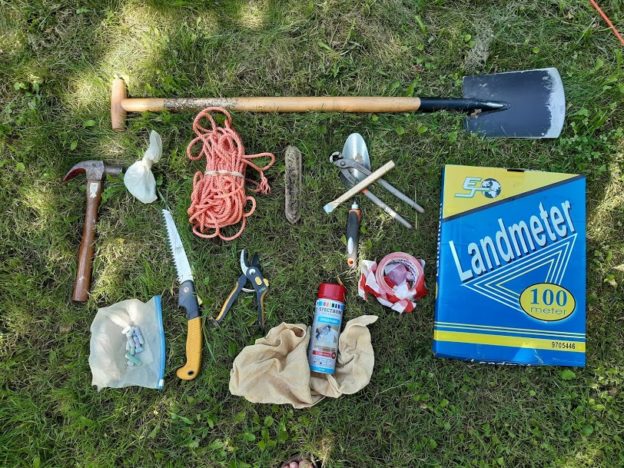
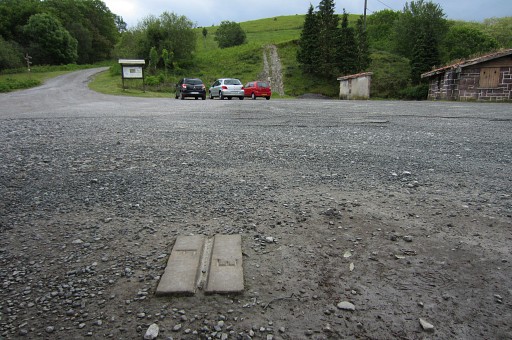 This is the second plate, the third plate should approximately have been placed underneath the red car.
This is the second plate, the third plate should approximately have been placed underneath the red car.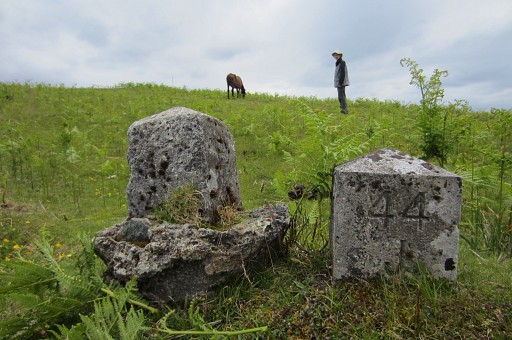
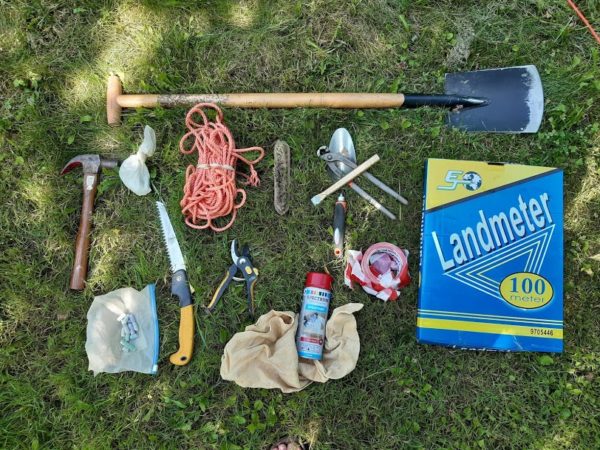
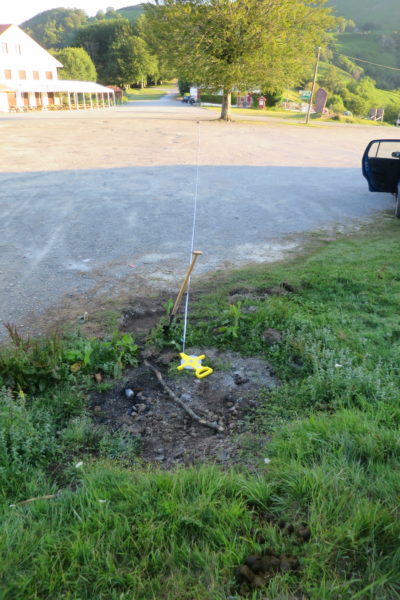 and start to dig and soon: Bingo!
and start to dig and soon: Bingo!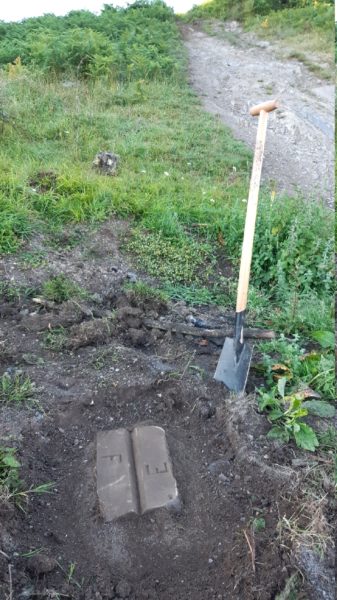
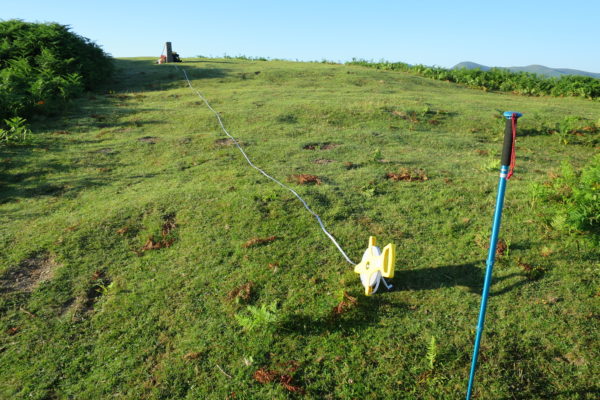
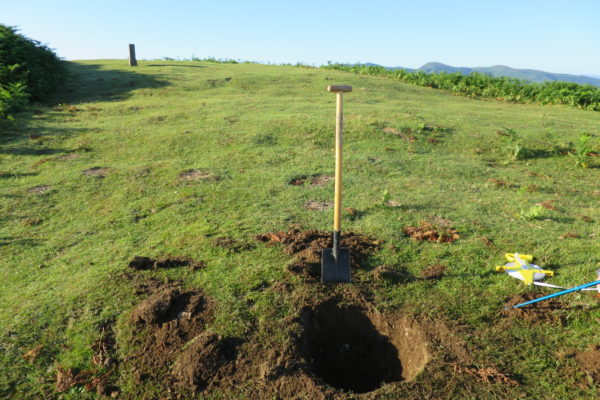
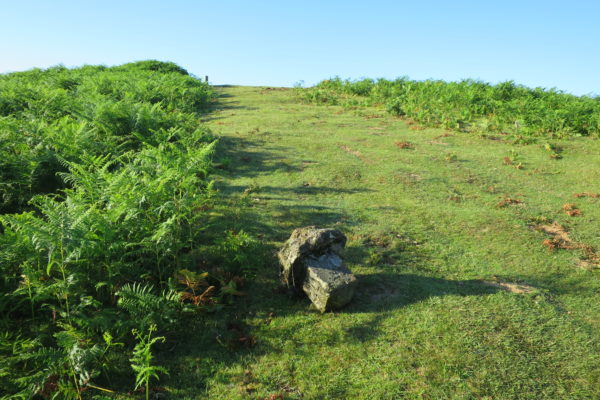
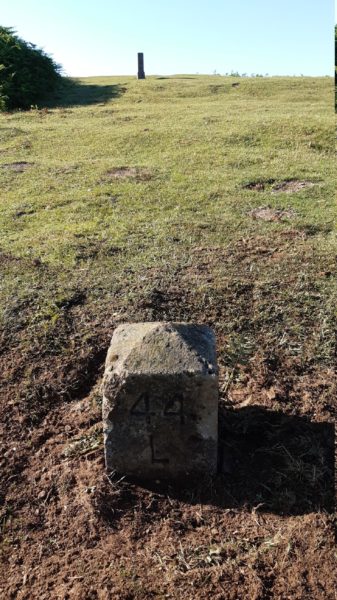
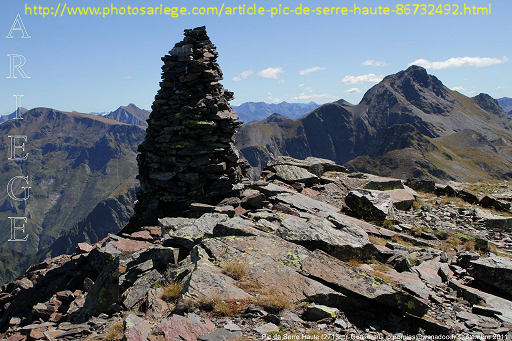 (Picture above borrowed from
(Picture above borrowed from